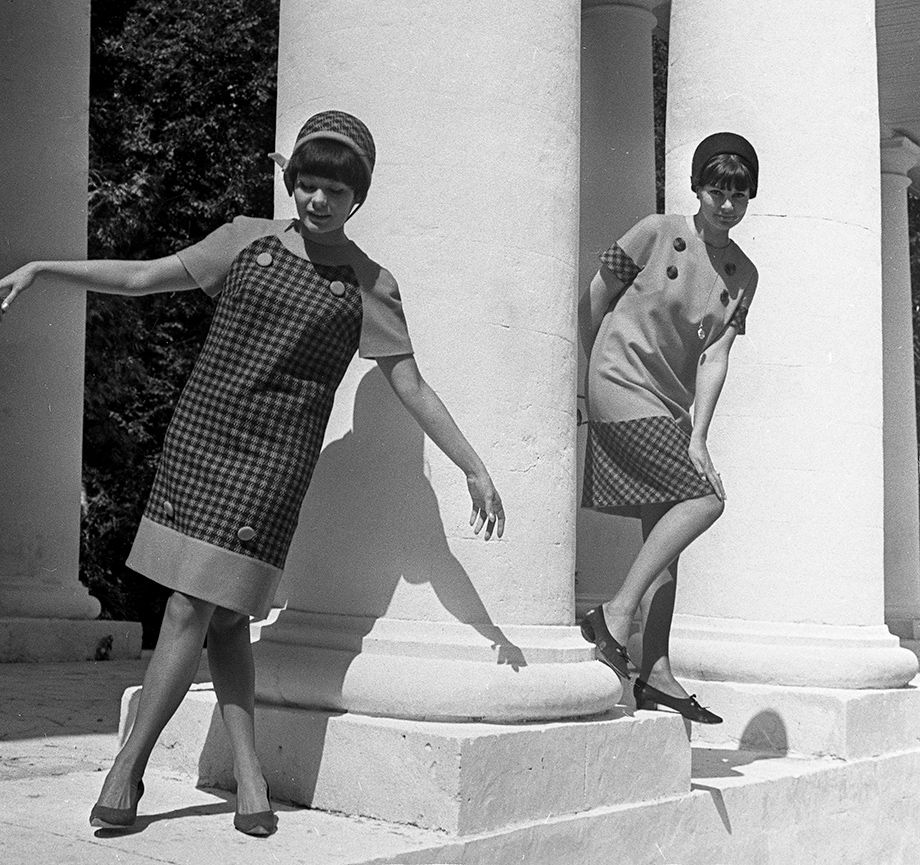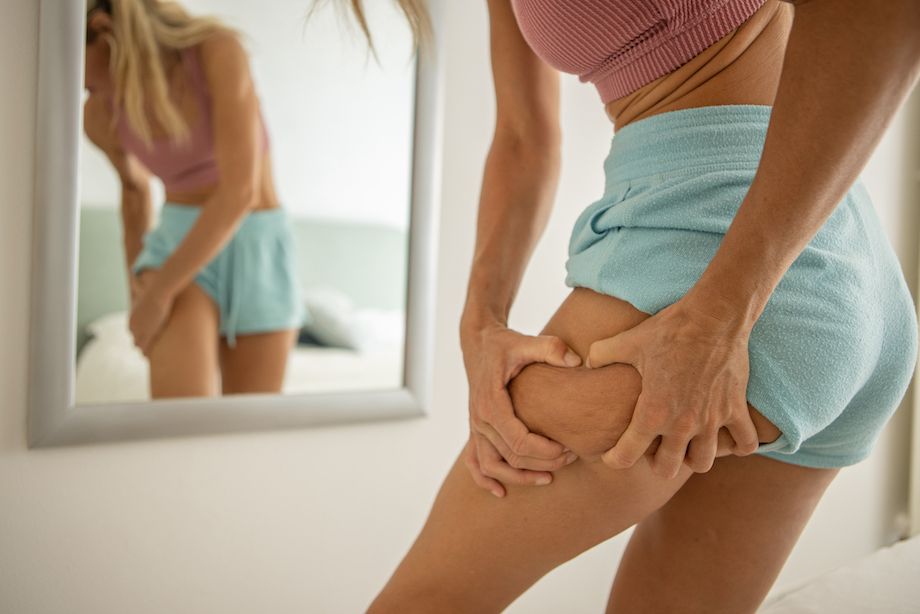The answer will surprise you very much.
If you look closely at the old photos of our mothers and grandmothers, you will notice that they look just wonderful. They are happy, young, beautiful, and some are also in great physical shape. Yes, those times cannot be called simple. They say there were a lot of things in the USSR, including cellulite.
Now modern women will surely grab their heads: did their loved ones not pass on to them the unique gene of slimness by inheritance? In fact, everything is much more prosaic.
Why was there no cellulite in the USSR
After the shortage, many areas began to undergo changes, including the beauty sphere. Women stopped going to unfashionable "hairdressers", now they visited "beauty salons". Plastic surgeons appeared, who in a few hours were ready to turn the Queen into Snow White, though not for free. And yet — along with the abundance of various cosmetic services, women found more and more flaws in their appearance that needed to be corrected immediately.
The answer to the question why there was no cellulite in the USSR is as simple as three kopecks – they simply did not know about the "orange peel". But glossy magazines tried to enlighten the fair sex as much as possible and told that the newfangled word is called small bumps on the hips, buttocks and abdomen. And what no one paid attention to before has now become a problem of universal scale.
In fact, cellulite, which women are looking for to this day, is nothing more than a clever trick of the Frenchwoman Nicole Ronsard – the head of one of the beauty salons in New York. In 1973, in the American Vogue magazine, she reported that bumps on the body are a serious disease that simply needs to be fought. Ronsard offered women various diets, programs and remedies to combat "orange peel" and enriched herself well on this.

What is cellulite really

Irina Kononenko
Nutritionist, PhD in Microbiology and Immunology
Cellulite is an acute infection of soft tissues, which is characterized by diffuse inflammation with hyperemia, edema and local soreness.
But gynoid lipodystrophy (GLD) or "orange peel" syndrome are non—inflammatory structural changes in subcutaneous fat in women, the key link in the development of which is local hypertrophy of adipocytes (adipose tissue cells). It is one of the most common lipodystrophy syndromes, which affects up to 85% of women over the age of 20.
The modern classification of cellulite includes a four-step scale related to the clinical degree of the disease:
- There are no changes in the skin relief. The skin of the affected area is smooth when you stand or lie down, but changes on the surface of the skin can be seen when the skin
- is pinched or when muscles contract.
- The skin around the affected area is smooth when you are standing or lying down. Changes can be seen when the skin is pinched.
- The skin is smooth in the supine position, but changes are observed in the standing position.
- The changes described in stage 3 are present along with raised areas and nodules. Changes are accompanied by pain.
Why does lipodystrophy appear
There is no doubt that the wrong lifestyle is an important trigger. Excessive consumption of foods rich in trans fats, high in salt and preservatives, is associated with the development of various metabolic disorders, including hyperinsulinemia, a condition that can increase lipodystrophy.
Sedentary lifestyle plays a similar role. Lack of physical activity increases the severity of cellulite. Alcohol consumption stimulates lipogenesis and causes dehydration of the body, which leads to excessive and improper accumulation of fat. Smoking leads to a significant increase in the amount of free radicals in the body and narrowing of small blood vessels responsible for local microcirculation disorders. This may contribute to the development of lipodystrophy, leading to clinical progression.
Female sex hormones play a significant role in the development of lipodystrophy. The first symptoms of violations of the topography of adipose tissue appear during puberty. The exacerbation and progression of skin lesions correlates with hyperestrogenism associated with pregnancy, the use of birth control pills or hormone replacement therapy in postmenopausal women.
Some authors point out that estrogen is the main factor causing the occurrence of lipodystrophy. Excessive relaxation of the veins is observed, causing blood stagnation, which leads to edema, ischemia and hypoxia in the subcutaneous tissue. The effect of estrogen on the walls of blood vessels is also manifested by increased permeability of the walls, which can lead to swelling of the surrounding tissues. It exerts pressure on small veins and arterioles, which leads to a violation of blood flow in the skin and adipose tissue. The process is aggravated by a combination of a lack of progesterone and hyperestrogenism, which leads to metabolic disorders and impaired adipocyte function. These phenomena aggravate fibrosis and the formation of nodules in the subcutaneous tissue, which inevitably leads to the progression of "orange peel".
Other studies confirm the thesis that the endocrine function of subcutaneous adipose tissue can functionally affect subcutaneous vascular and lymphatic circulation, as well as the formation of cellulite.
Thus, the appearance of gynoid lipodystrophy can accompany the following conditions: obesity, hypothyroidism, varicose veins, polycystic ovary syndrome, etc.

Therefore, it is not enough to eliminate only a cosmetic defect, it is necessary to identify the pathology that led to the development of cellulite and begin its treatment. In complex therapy , they use:
- B vitamins, antioxidants, lipoic acid, green tea extract;
- methods of medical cosmetology: massage, electrostimulation, mesotherapy, hydrotherapy (Charcot shower, hydro massage, salt baths), microcurrents, electrolipolysis (splitting fat by means of electric pulses), shock wave and ultrasound therapy, radiofrequency, cryo- and ozone therapy.
These methods have contraindications, therefore, it is not worth making a decision on the use of the type of correction of lipodystrophy on your own.
Source: championat
Follow us on в Telegram


















